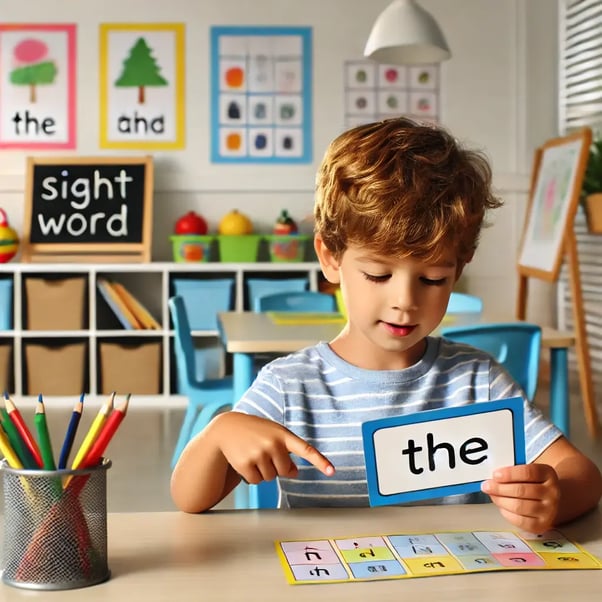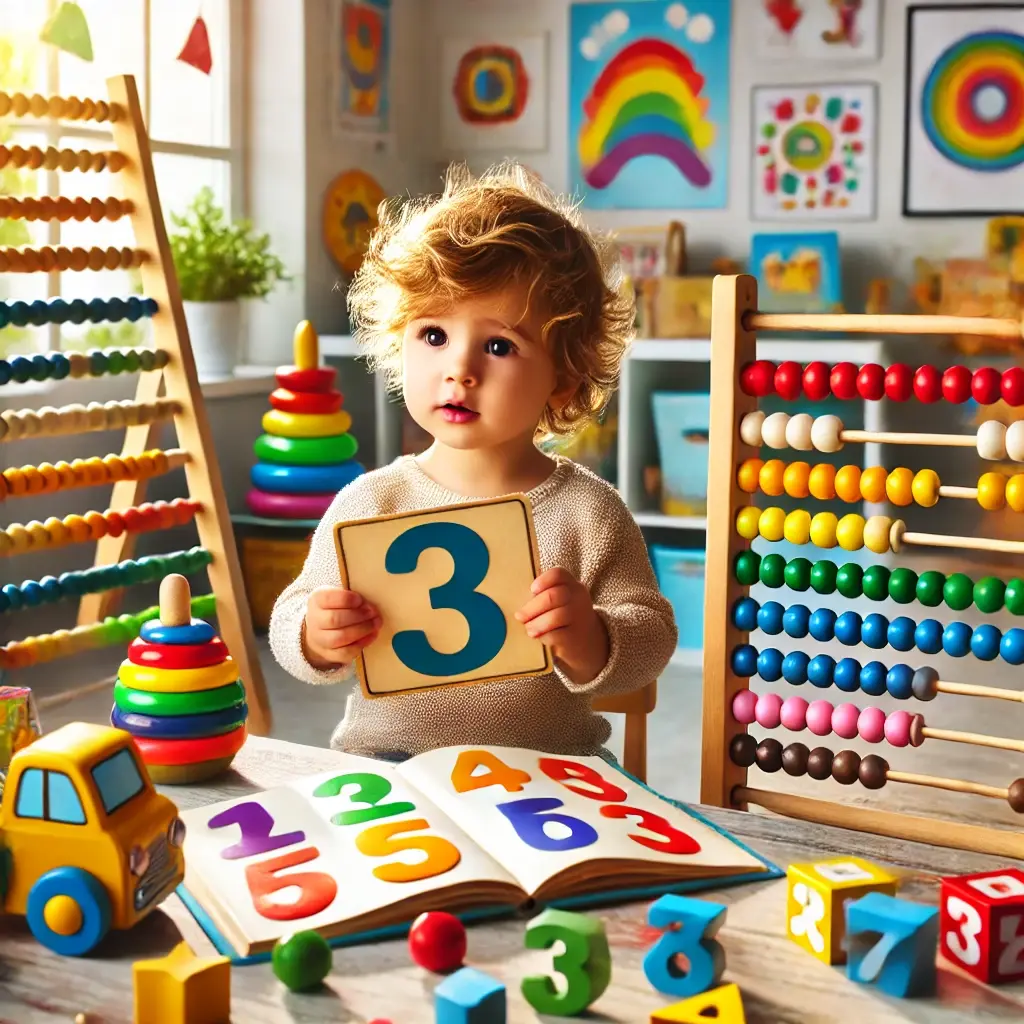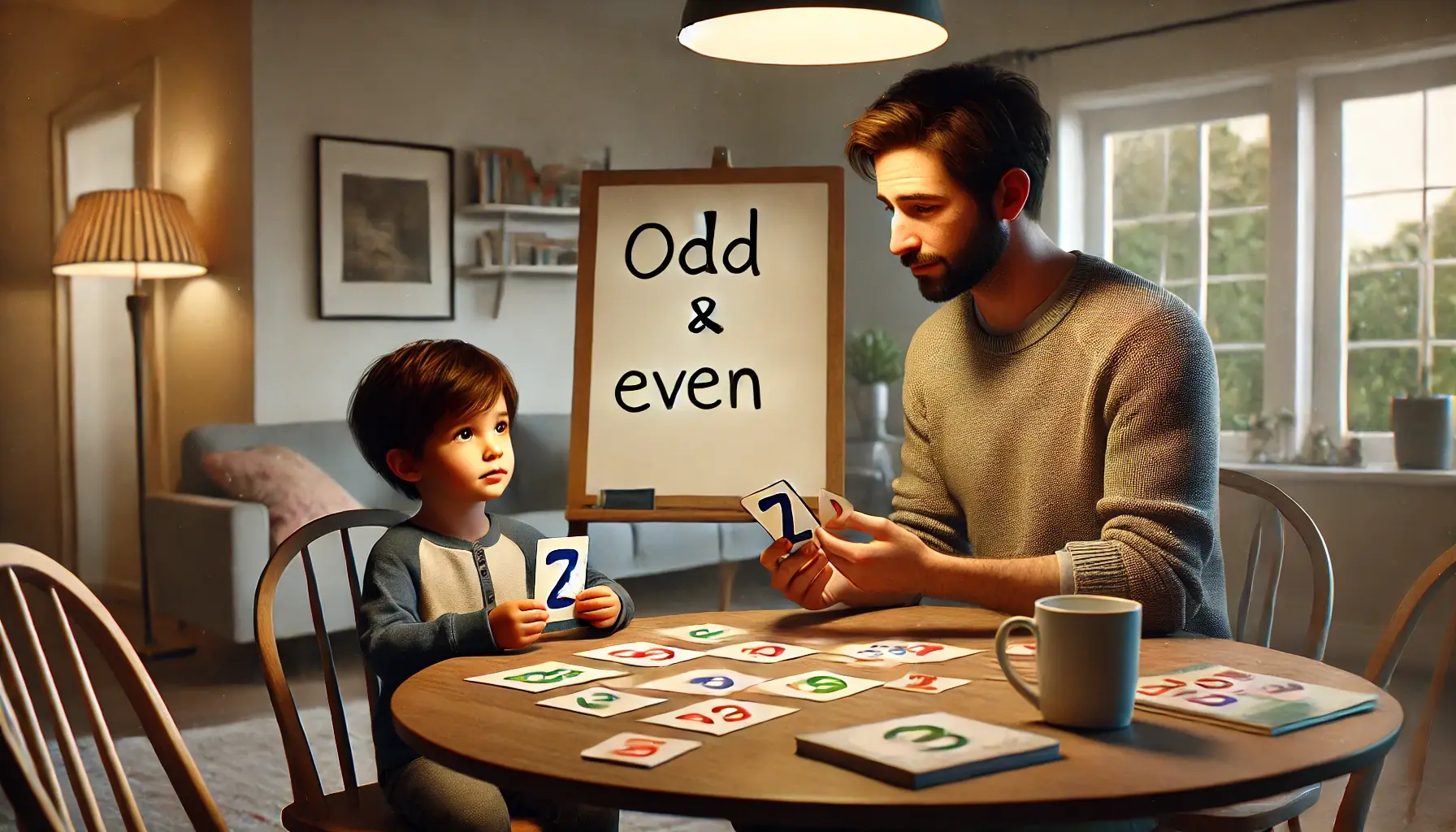
Teaching sight words to kindergarteners is key to building a strong foundation for reading fluency. These high-frequency words often don't follow regular phonetic rules, making it essential for children to recognize them on sight. Consistent practice is vital, and there are many engaging methods to make learning fun and memorable. This guide will walk you through effective ways to teach sight words to kindergarteners, ensuring their reading journey begins smoothly.
Why Teaching Sight Words Early Matters
Introducing sight words early in education is crucial for building reading confidence. Sight words help children recognize words quickly, leading to improved reading comprehension and increased fluency. As they master these words, children become more comfortable with reading, paving the way for long-term success in literacy. When children can effortlessly read sight words, it reduces frustration, allowing them to focus on understanding the story rather than decoding each word.
Characteristics of Kindergarten Sight Words
Kindergarten sight words are unique because they include the most common words in the English language, like "the," "and," "is," and "it." These words often appear in beginner reading materials but don't always follow typical phonetic patterns, making them challenging to sound out.
By learning to identify these words quickly, children can enhance their overall reading ability. Some common kindergarten sight words include:
- the
- and
- is
- in
- it
- to
.png?width=701&height=394&name=Genie%20(4).png)
These words serve as the building blocks of early reading and need to be mastered early on.
Preparation and Planning for Sight Word Instruction
A gradual and consistent approach is key to helping kindergarteners master sight words effectively. This 4-week plan is designed to introduce new words steadily while reinforcing previous learning, making it easier for children to build confidence and retain what they've learned.
Each week, children will encounter new words paired with engaging activities like games, worksheets, and sensory exercises catering to different learning styles.
Week 1: Start Small and Build Confidence
- Introduce 5 Sight Words: Focus on five foundational words, such as "the," "is," "it," and "to."
- Activities:
- Use flashcards for daily practice.
- Engage in see & say exercises, where children see the word and say it aloud.
- Include simple tracing worksheets to get familiar with the shape of letters.
- Review:
- At the end of the week, review all five words using a memory-matching game or a speed test with flashcards.
- At the end of the week, review all five words using a memory-matching game or a speed test with flashcards.
Week 2: Gradual Expansion
- Add 5 More Words: Introduce five new words (e.g., "in," "at," "on," "up," and "you") while reviewing the previous week's words.
- Activities:
- Continue with spell reading (spell out each word).
- Incorporate fill-in-the-blank worksheets that include words from Week 1 and Week 2.
- Play sight word bingo to make learning fun and interactive.
- Review:
- Use a hopscotch game with the first 10 words written in each square.
- Conduct a short quiz that includes both reading and writing exercises.
Week 3: Reinforcement and Addition
- Introduce 5 More Words: Add five new words (e.g., "go," "we," "can," "see," "me") to expand the word list.
- Activities:
- Incorporate air writing to reinforce the new words.
- Create color-by-sight-word worksheets that include words from all three weeks.
- Use digital flashcards on a tablet or smartphone for tech-savvy learners.
- Review:
- Conduct a flashcard speed test with all 15 words.
- Include sentence completion worksheets with words from Weeks 1–3.
Week 4: Cumulative Review and Mastery
- Introduce 5 More Words: Add the last set of five words (e.g., "my," "look," "like," "here," "come").
- Activities:
- Use table writing with textured surfaces for tactile learning.
- Include more complex fill-in-the-blank sentences and cut-and-paste activities to reinforce context.
- Play a scavenger hunt game, hiding sight words around the room for children to find and read.
- Review:
- Use a progress chart to track mastery of all 20 words.
- Conduct a final quiz that tests the reading and writing of all sight words learned.
Expose Your Child to Sight Words Early On
Early exposure to sight words can greatly impact a child’s reading journey. Integrate sight words into daily routines, like labeling items around the house (e.g., "door," "table"), and include them during storytime. The more familiar children become with these words in everyday contexts, the easier it will be for them to recognize them in books.
Start With a Small List of Words
Begin with a manageable list of words to avoid overwhelming children. Starting small helps build confidence and a sense of accomplishment as children master each word set. Gradually introduce more words as they grow comfortable with the initial set.
Effective Techniques to Teach Sight Words
Using various techniques keeps children engaged and makes learning sight words enjoyable. Here are some effective methods:
- See & Say: Show the word to the child and say it aloud together.
- Spell Reading: Have the child spell the word out loud before saying it.
- Arm Tapping: Tap each letter on the arm as you spell the word.
- Air Writing: Encourage children to trace the letters in the air with their fingers.
- Table Writing: Use a tactile surface (e.g., sandpaper, textured boards) to help children feel the letters as they write.
Engage All of Their Senses
Engaging children’s senses in the learning process makes sight words more memorable. Encourage tracing words in sand, using alphabet magnets, or even forming words with playdough. The combination of sight, sound, and touch helps reinforce learning.
Use Sensory Items for Writing Sight Words
Sensory tools like play dough, sand, or Wiki sticks are excellent for teaching sight words. Children can mold the letters of each word, making it a hands-on and enjoyable experience.
Master Essential Sight Words Through Interactive and Fun Worksheets
Worksheets provide a structured way for children to practice sight words while engaging their curiosity. Incorporating different types of worksheets can make learning varied and exciting:
- Tracing Worksheets: Start with simple tracing activities to help children familiarize themselves with the letter shapes of each word.
.png?width=703&height=395&name=Genie%20(5).png)
- Fill-in-the-Blank Worksheets: These worksheets present sentences with missing sight words. Children fill in the blanks, learning how sight words fit into a sentence context.
- Color-by-Sight-Word: Create coloring sheets where each word is associated with a specific color. This activity adds a creative element to learning, making it visually appealing.
- Cut-and-Paste Activities: Allow children to cut out words and paste them into the correct spot on a worksheet. The hands-on approach combines learning with play.
Teach Sight Words Through Interactive and Fun Games
Games transform sight word learning into a delightful experience that encourages children to participate actively. Here are some effective games:
- Sight Word Bingo: Swap out numbers for sight words on a bingo card. As words are called out, children mark their cards, boosting quick recognition.
- Memory Matching: Use cards with sight words and have children play a matching game, building memory skills alongside word recognition.
- Hopscotch with Words: Draw a hopscotch grid and write sight words inside the squares. Children hop through the grid, reading the words aloud as they land.
- Scavenger Hunts: Hide sight word cards around the room or yard, encouraging children to find and read each word aloud when discovered.
Incorporating Technology and Digital Tools
Digital tools add a dynamic element to sight word learning, catering to children who enjoy interactive learning. Here’s how to make the most of technology:
Educational apps and websites offer fun, interactive exercises that help children master sight words. Apps like Sight Words Learning Games or Starfall provide quizzes, animations, and reward-based activities that hold children’s attention. Digital flashcards on tablets or smartphones can also enhance learning, often including audio pronunciations to strengthen visual and auditory recognition.
Additionally, online games and quizzes offer variety, with features like earning badges or stars as rewards for progress. These digital resources can supplement traditional methods, adding a layer of excitement to sight word practice.
Using Music and Movement
Incorporating music and movement makes sight word learning memorable:
- Sing Sight Word Songs: Use familiar tunes to sing sight words. Adjust the lyrics to include sight words, helping children remember through repetition and rhythm.
- Clapping and Spelling: Clap to each letter of a sight word as you spell it aloud together. This rhythmic method makes the spelling process feel more like a game.
- Movement-Based Learning: Assign an action to each sight word (e.g., jumping for "jump," spinning for "spin"). By pairing words with physical movements, children can more easily recall the words.
Wikistix Activity
Wikistix is a fantastic tool for hands-on sight word learning. These bendable, wax-coated strings can be shaped into letters, making learning tactile and engaging. Encourage children to form each letter of a sight word using Wikistix, focusing on the shapes and curves of the letters.
As they gain confidence, introduce letter templates they can cover with Wikistix, providing a more structured way to trace and learn the words. This activity combines creativity with literacy, keeping children actively engaged in the learning process.
Sight Word Assessment and Progress Tracking
Tracking progress ensures that children are mastering sight words effectively. Here are some useful assessment techniques:
- Flashcard Speed Tests: Use flashcards to test how quickly children can recognize words. Set a timer to make it a fun challenge.
- Weekly Quizzes: Include reading and writing exercises in weekly quizzes to measure recognition and comprehension.
- Progress Charts: Create a visual chart that tracks each sight word the child has mastered. Add stickers or stamps to mark achievements, motivating them to continue.
- Sentence Completion Activities: Provide sentences with missing sight words, allowing children to fill in the blanks and demonstrate understanding in context.
Tips for Parents Supporting Sight Words at Home
Parents are vital partners in reinforcing sight words. Here are some practical tips:
- Create a Sight Word Wall: Dedicate a space in your home for displaying sight words. Update it as children learn new words, encouraging frequent review.
- Interactive Storytime: During read-aloud sessions, pause at sight words and encourage your child to read them aloud. This builds recognition and comprehension.
- Label Household Items: Place sight words on everyday objects (e.g., “door,” “table,” “light”), integrating sight word learning into daily routines.
- Play Flashcard Games: Make flashcards together and play games like matching or memory to reinforce learning.
Read and Play with Sight Words Daily
Consistency is key to mastering sight words. Make sight word practice a daily habit with short, engaging activities:
Start the day with a quick review session—perhaps using flashcards or a matching game. Throughout the day, incorporate sight words into play. For example, have a “Word Relay” game where children race to find a specific sight word. Encourage journaling, where children write simple sentences using newly learned sight words. This helps children connect sight words to real-life communication, making the learning experience meaningful.
How Genie Academy Can Help Your Child Master Sight Words
If you’re having trouble teaching your child sight words, come to Genie Academy! We make learning fun and effective. Our tutors are experts in helping kids recognize words quickly and confidently. We offer both online and offline tutoring to fit your needs.
Here’s how we can help:
- Small Class Sizes: More one-on-one attention for your child.
- Experienced Tutors: Our tutors know how to engage young learners and keep them motivated.
- More Than Just Reading: We also provide tutoring in math, writing, and abacus to support your child’s overall growth.
With locations in East Brunswick, Hillsborough, Marlboro, South Brunswick, Plainsboro, and South Plainfield, we’re here to help families across New Jersey. Let’s build your child’s reading skills together!
Conclusion
Teaching sight words to kindergarteners is more than just a part of early literacy—it’s a gateway to lifelong reading confidence. You can make sight word learning enjoyable and effective with a blend of fun worksheets, interactive games, technology, music, and consistent practice. By creating a positive and supportive learning environment, children will not only master sight words but also build a solid foundation for future reading success. Your encouragement and dedication will foster a love for learning that lasts a lifetime.





